By Jenny Simeone-Casas, Sarah Conway, and Resita Cox
North Lawndale native Derek Brown is walking on his old block on 18th and Avers on a balmy August evening. He passes the spot where he and two of his best friends wrote their names in wet cement. He points out the apartment where his grandmother was evicted when he was 8. He’s stopped every few minutes as people shout out warm greetings.
Most days, Brown is a restorative justice facilitator with St. Agatha Catholic Church. The main part of his job, like most restorative justice work, is running peace circles: voluntary group conversations, often in response to a disagreement or conflict. The circle is a safe space where all parties can discuss what happened and why, without interruption, in hopes of reaching a resolution together.
Mondays and Wednesdays he runs a boxing program out of his garage for roughly 15 neighborhood kids, also using peace circles and other restorative practices to help them avoid conflicts.
Members of the North Lawndale Boxing League line up arm-lengths apart before practice on August 9, 2017, in front of Derek Brown's garage. "I've got all the bad kids in the community, the so-called bad kids. Of course everyone want to learn how to fight especially in this environment. Young men have a harder time because of the trash they walk intoÓ Brown said. But they don't just learn how to fight. They learn how to respect themselves." (Sebastian Hidalgo)
Brown knows that restorative justice works—it helped turn around his own life—but he’s skeptical about a new criminal court opening in his neighborhood that will use those practices to help people atone for their crimes and reintegrate into the community. He, along with other long-time North Lawndale residents, say the court organizers have not done enough to reach out to people who have lived in the area their whole lives.
At 16th Street and Harding Avenue, he stops to shake hands with a lanky guy in his twenties named Bollo. To illustrate his point, he asks if Bollo has heard about the court, and the younger man says no.
“He’s not aware of the restorative justice [court]—and he’s in the community every day,” Brown said, pointing to Bollo. “This is the community right here.
It’s an ongoing problem for the court organizers, who have tried working with neighborhood groups to bring North Lawndale residents into the process. They say it’ll be a boon to the community to have a less punitive, more productive way of addressing crime, compared to incarceration or fines. They want to shift the way neighborhood residents and key players in Chicago’s criminal justice system think of justice. But even as the court begins taking cases, it faces two major hurdles: authentically engaging North Lawndale residents and raising enough money so that the court can serve them well.
The Challenges
The phrase “building the plane while it flies” has been used by numerous organizers to describe the opening of Illinois’s first Restorative Justice Community Court. Progress has come in fits and starts since planning began in 2014, thanks to problems finding a location for the court, losing and replacing key staff and ideological disagreements between court organizers. After delaying the planned opening earlier this year, the court set up shop on the UCAN campus on August 31. That first day, there were no cases on the docket.
“We’re trying to do something very different. You can’t just jump from doing same-old, same-old to something completely different,” said presiding Judge Colleen Sheehan on the anticlimactic opening after three years of planning.
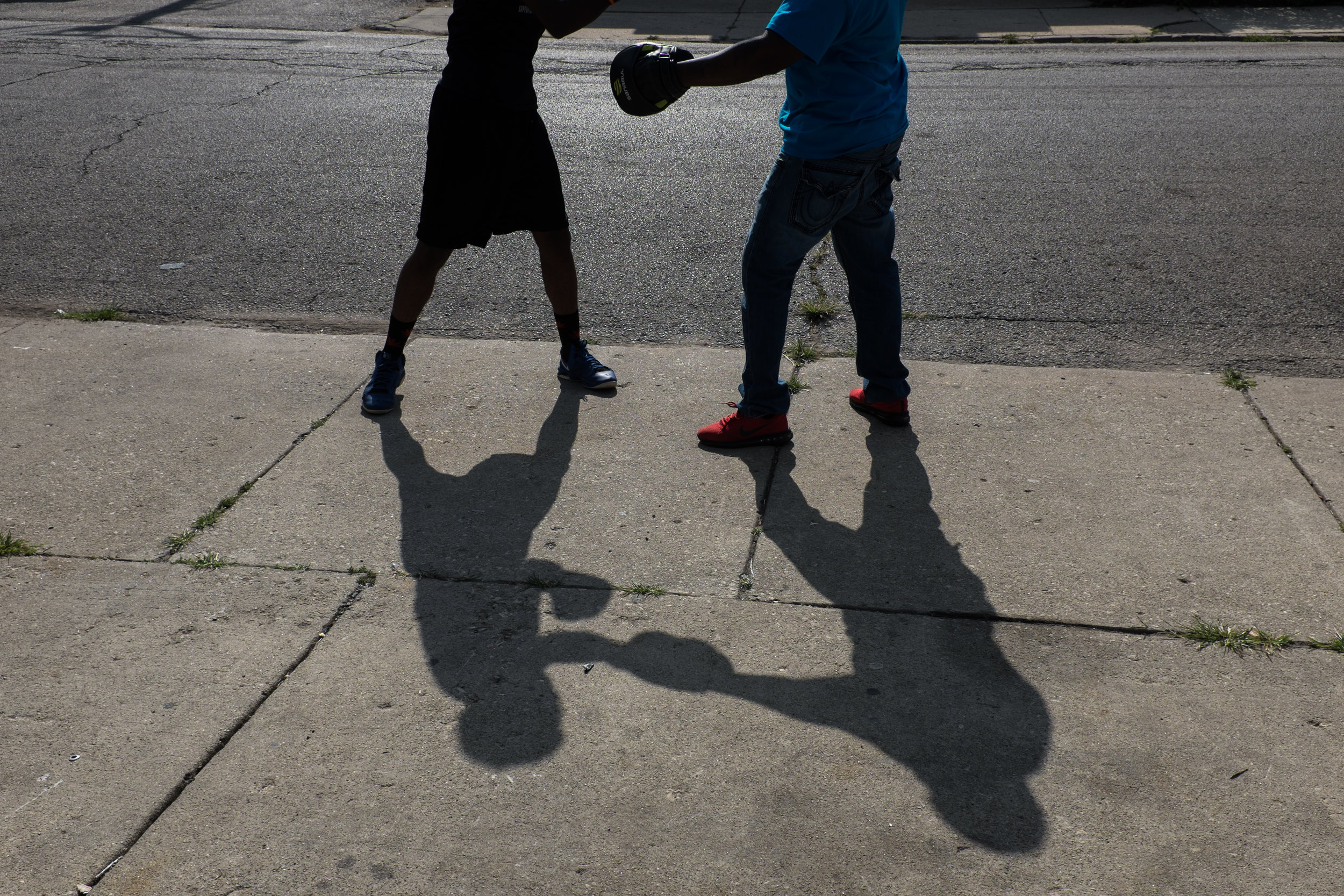
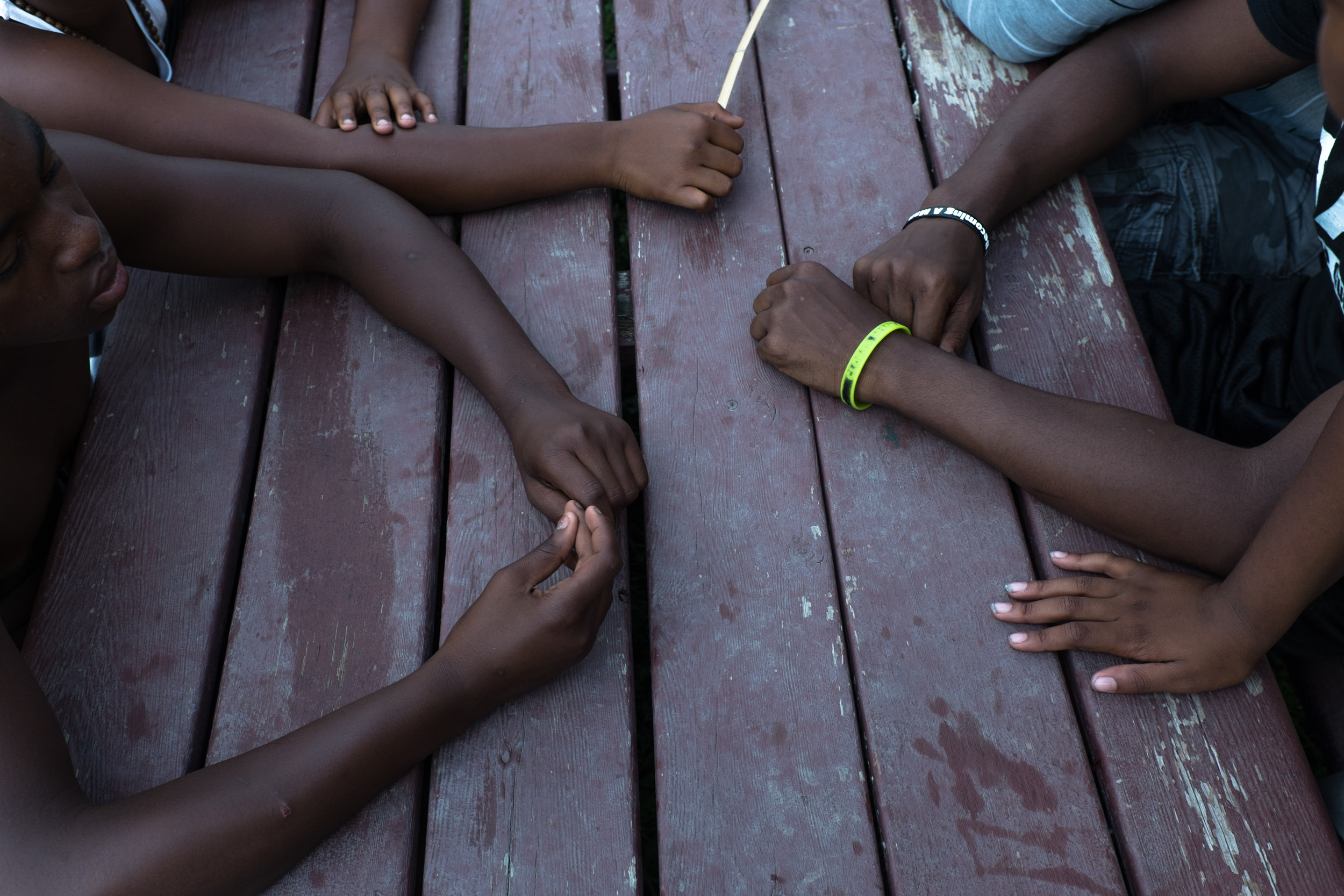
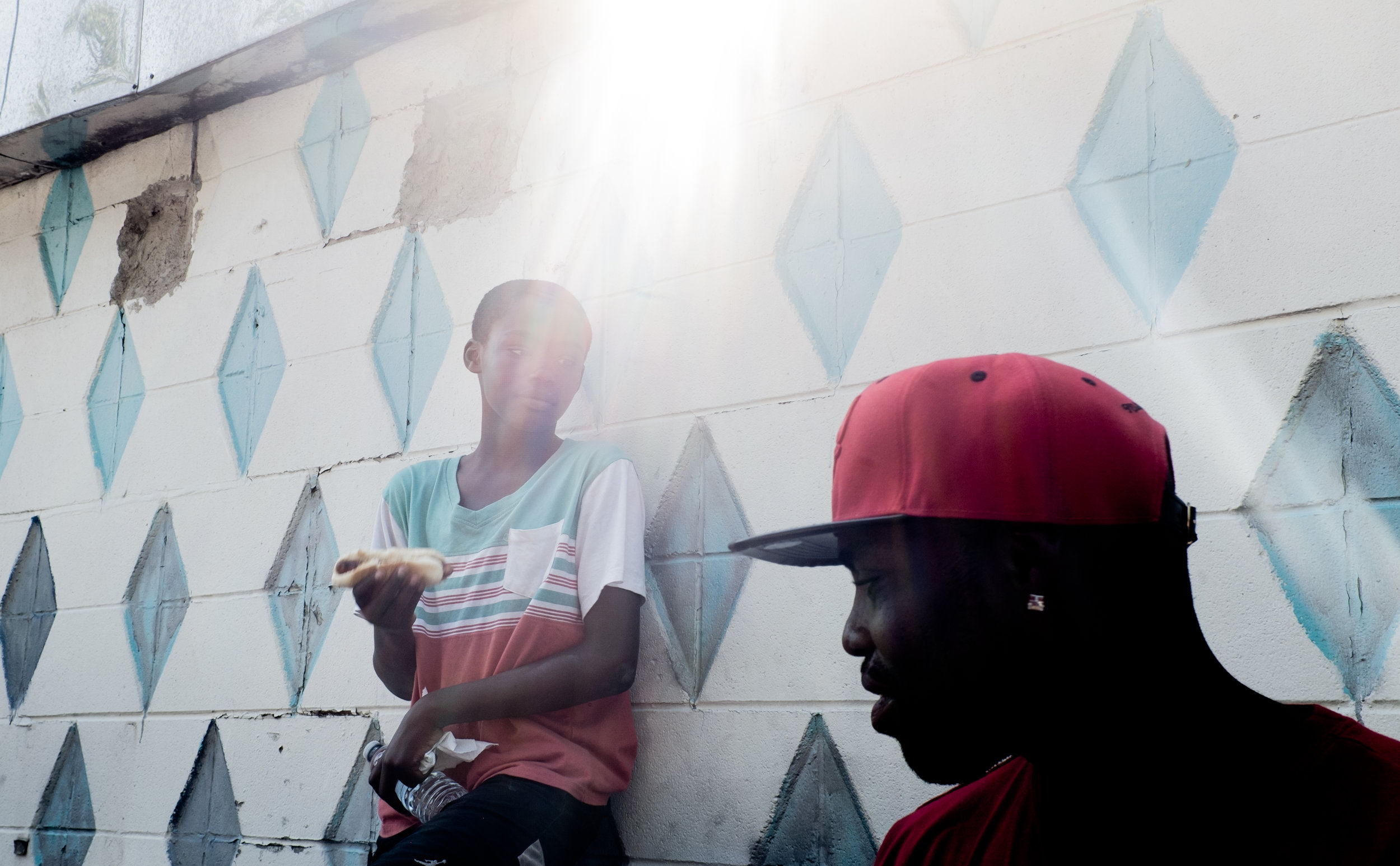
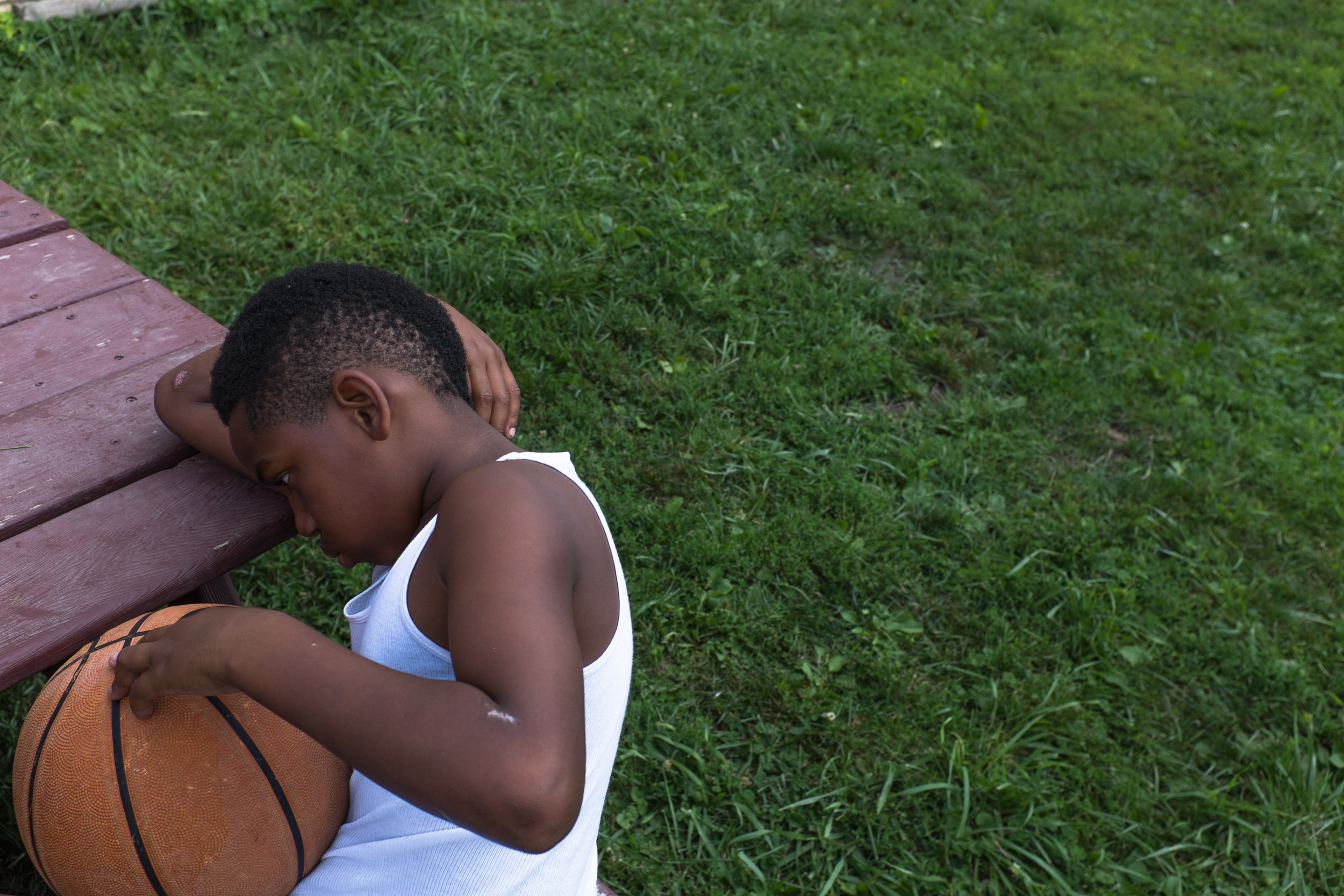
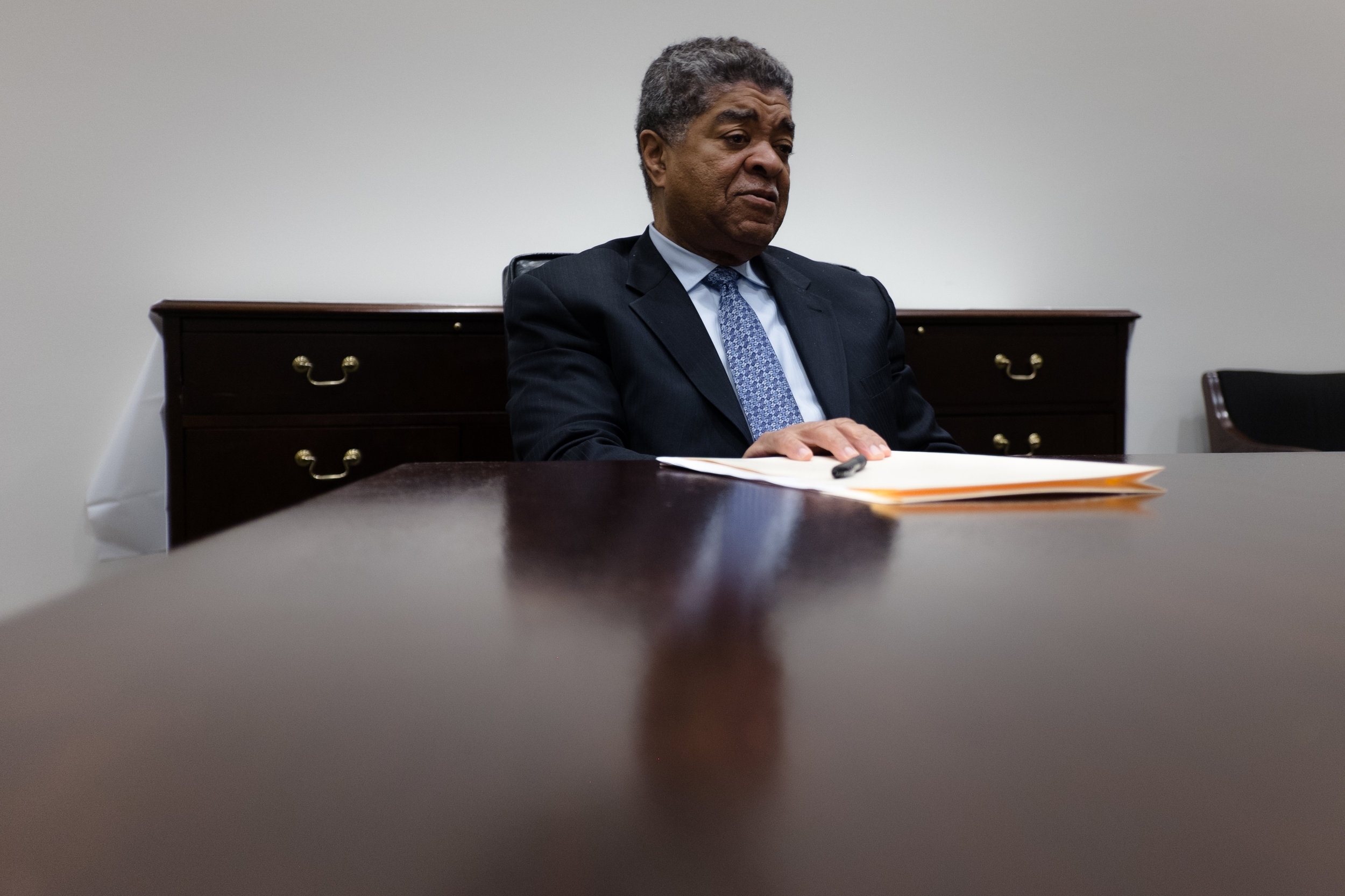
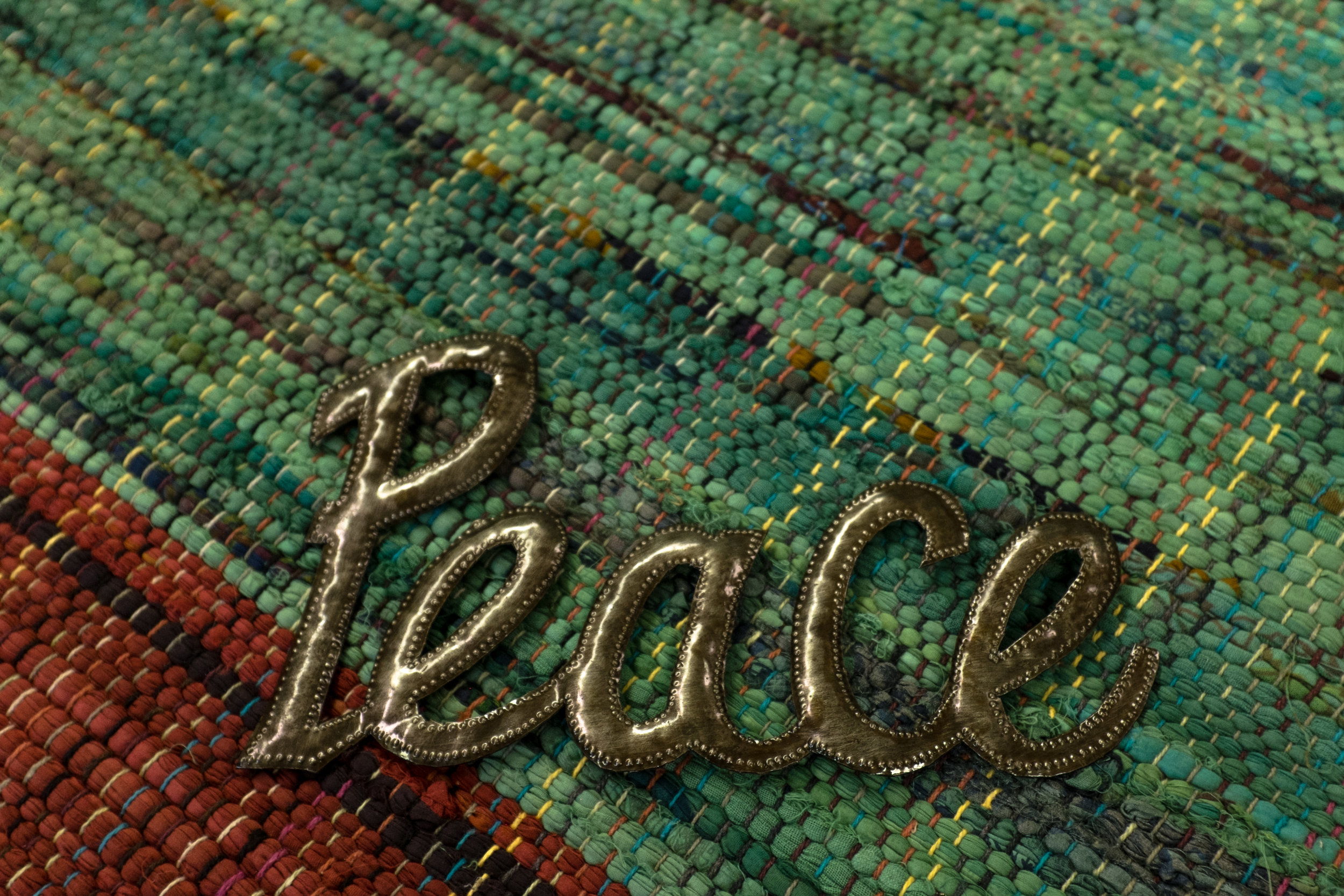
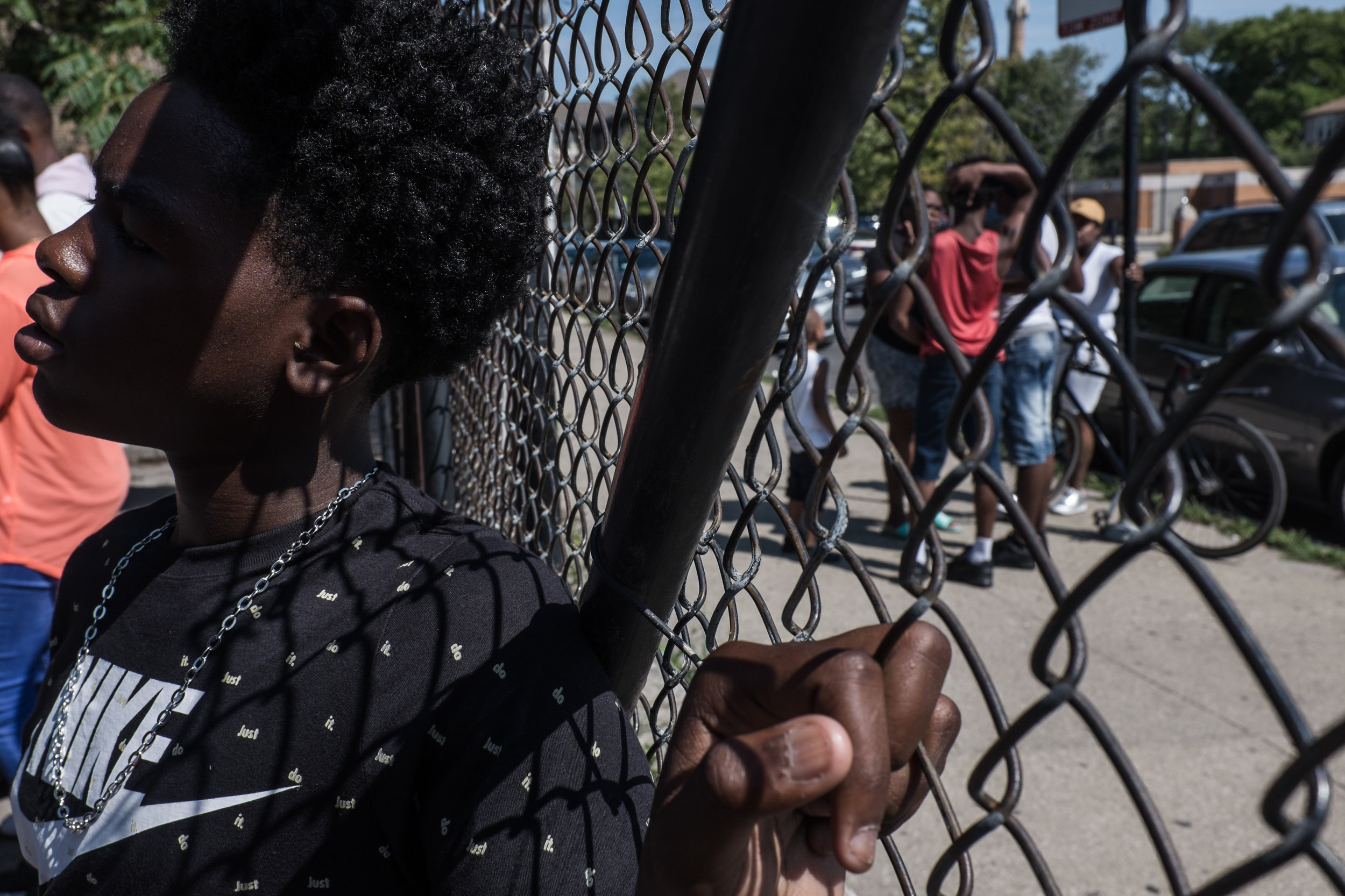
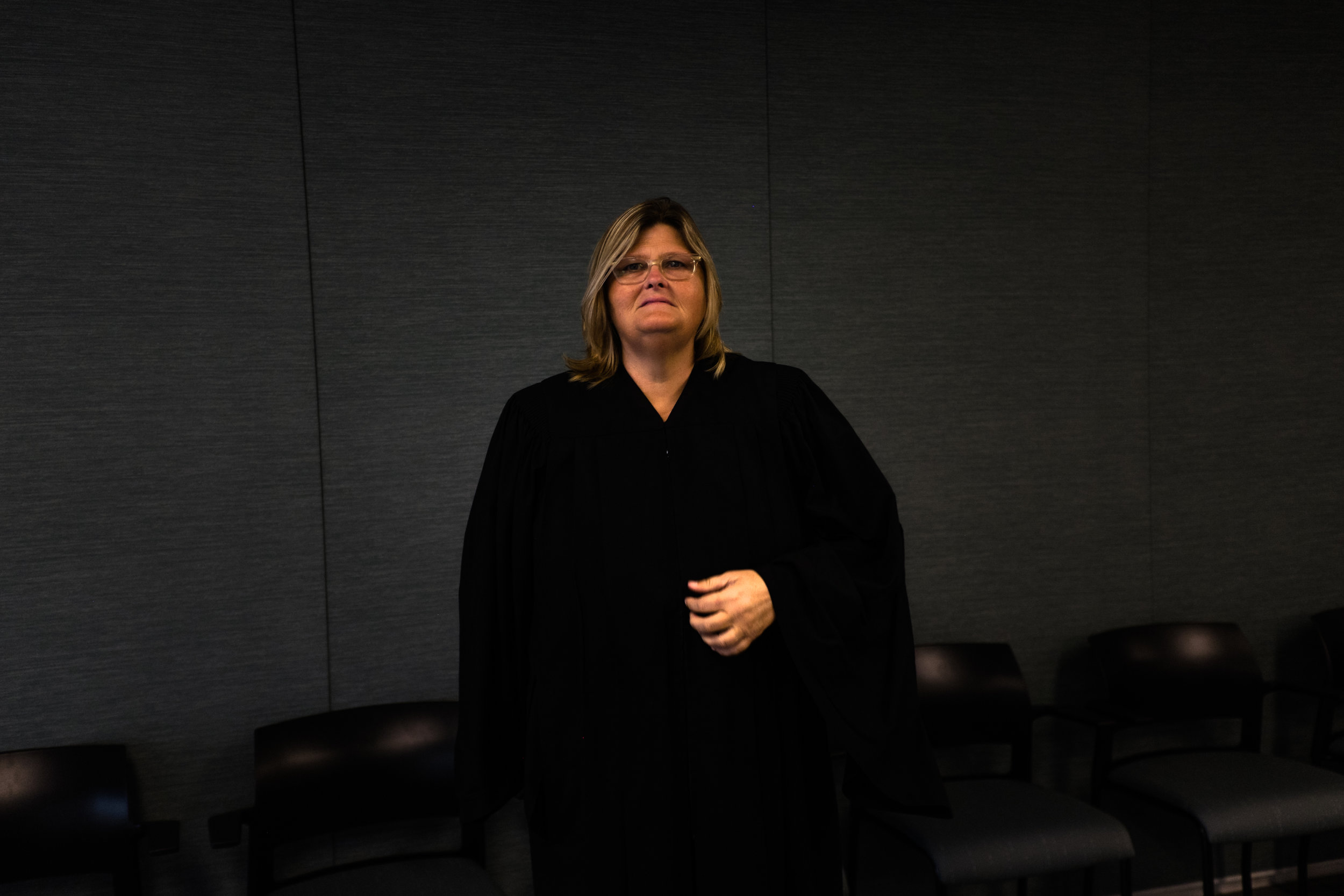

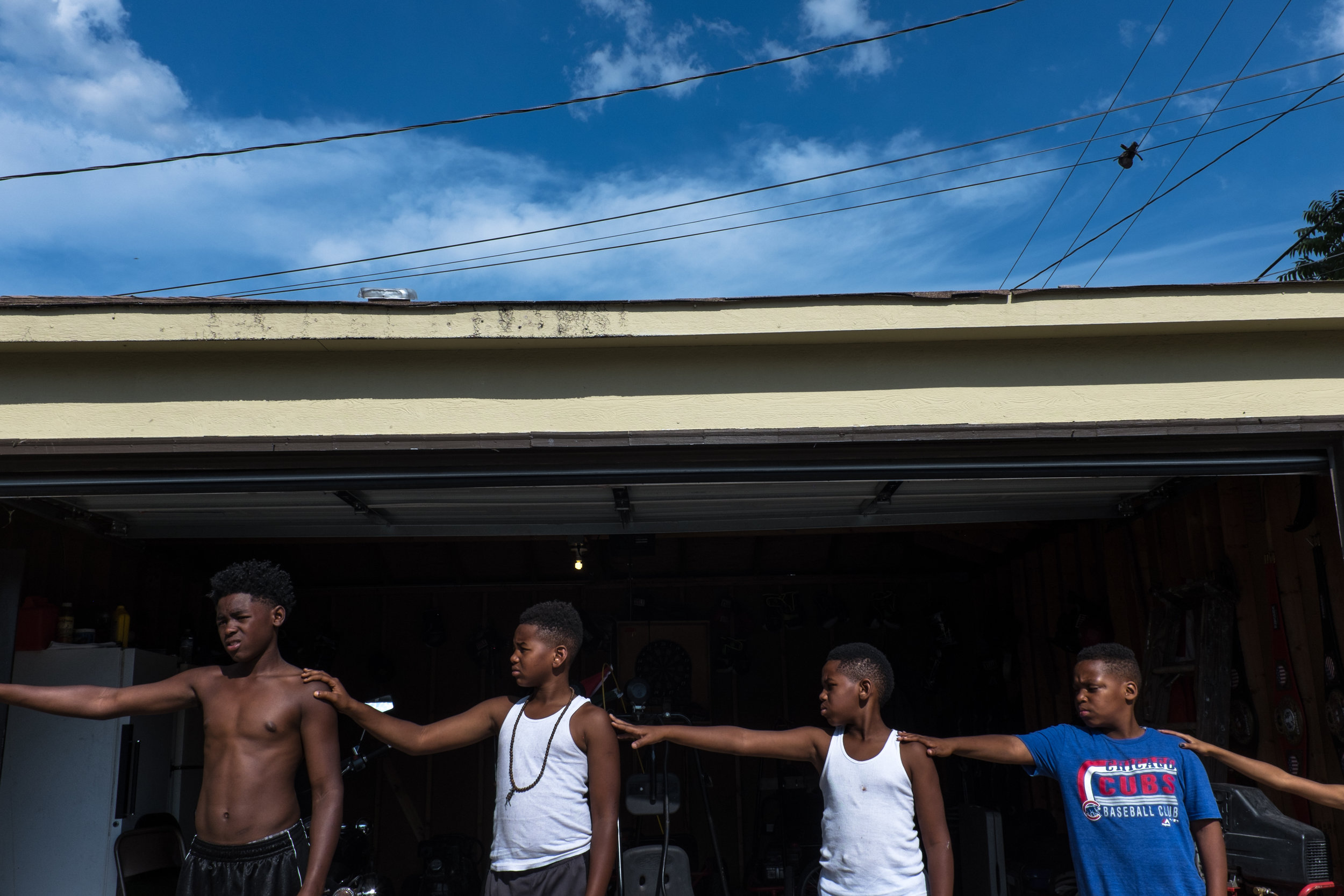
What’s so different? The court will hear cases for low-level crimes (non-violent misdemeanors and felonies) for defendants ages 18 to 26 from the neighborhood. Instead of facing a trial and a prison sentence, they sit through a peace circle with a facilitator, the victim of the crime and other North Lawndale residents, to talk about what happened and why. Together they decide how the defendant can remedy the harm he or she has caused in the community—for example, through a drug rehabilitation program, a GED program, or job training. People who successfully navigate this court will have the charges wiped clean.
In the court’s second week, Sheehan heard two drug possession cases. Both defendants agreed to participate in the court and will be entering the private peace circle process in the coming weeks. On week three, Sheehan dropped both defendants’ electronic monitoring and invited them to join a court alumni board. There they could offer guidance to newer defendants. “I’m really interested in what you think,” said Sheehan.
Now open every Thursday, the court was designed so there’d be no separation between judge, court personnel and defendants—everyone sits around the same table. There are no jail cells where people await judgment, no one arrives in handcuffs, and everyone at the table introduces themselves before proceedings begin. Defendants are given time to ask questions and meet with their lawyers for legal counsel. There is no physical barrier blocking defendants from their family members and loved ones.
It’s a far cry from the high tension and rushed proceedings of the Cook County Criminal Court at 26th and California. Still, it’s hard for some long-time restorative justice practitioners to swallow. Restorative justice, they say, is about figuring out what people feel and having everyone move together toward a solution. Getting charged with a crime is not supposed to be part of that process; it changes the nature of the situation, creating disparate levels of power that are anathema to peace circles.
“The rush to set up the court has [shortchanged] the process of building trust between a system and a community that’s been hurt by that system,” said Elena Quintana, the executive director of Adler’s University’s Institute of Public Safety and Social Justice. Quintana and her team monitor and evaluate a network of North Lawndale organizations using restorative practices (better known as the Restorative Justice Hub). “They really need more time to build a relationship, goodwill and vision between those two entities,” she said.
Fred Cooper has seen the community engagement efforts and planning meetings firsthand at St. Agatha, where he’s worked for three years as a peace circle facilitator.
“Honestly, I just think we’re not all on the same page here. It’s all over the place,” Cooper said of the court’s launch.
Some St. Agatha staffers are working with the court, but Brown and Cooper have stayed on the periphery.
“[Restorative justice] means too much to me,” Cooper said, adding that he doesn’t think it can operate freely within the criminal justice system. With this court, he feels the peace circles become “mandatory,” since defendants will choose it as an alternative to incarceration, regardless of whether they want to repair the harm they’ve caused.
Community Involvement
Over the past three years, court organizers tried to reach out to North Lawndale residents to get them involved in setting up the court. Employees of the Lawndale Legal Christian Center ran a door-knocking campaign to spread the word, held community meetings and focus groups, trained residents in circle-keeping and hired liaisons who already practice restorative justice in the neighborhood.
And the court has community partners, like Cliff Nellis, executive director of the Lawndale Christian Legal Center (LCLC) who joined the effort early as a main organizer. They also reached out to community leaders, like Pastor Phil Jackson, who were too busy with their own programs to get involved. The founder and executive director of the Firehouse Community Arts Center, Jackson sees the court as a second chance for people who are arrested for small-time crimes, who would otherwise end up incarcerated. “There are people who really, really need it,” Jackson said, adding that the court needs more consistent engagement to win over a skeptical community.
And while Jackson is not involved, he’s helped the court find a case for last year’s pilot program: 21-year-old Manny, a North Lawndale resident, avid chess player and aspiring accountant.
Manny displays his hands for a portrait on September 5, 2017 after work. An ex-boxer in his youth, he considers himself more of a chess player these days. "Chess makes you think about the situation you are in and what you can do to get out," Manny said. "It makes you think ahead. You can't just go off top and do the wrong move because it can hurt you." (Sebastian Hidalgo)
Manny met Jackson when he got involved in after-school programs at the Firehouse when he was 17. Last year he was arrested on a weapons charge and spent four months in Cook County Jail until Jackson connected him and his family with the LCLC. (His lawyers asked to omit his last name to protect his privacy.)
Manny doesn’t use the phrase “restorative justice” when he describes his experience in the pilot, but he appreciated the peace circles. “We talk about life and what’s going on, what you can do to be yourself and make you better,” he said. “Peace circles teach lessons. I learned not to be cool, don’t go off top, think before you move, just like chess.”
Now, Manny is on probation, working a job that he found through the LCLC. While he wouldn’t have qualified for the now-launched court (his weapons charge is considered a violent crime), he thinks it’s a positive addition to his community.
“[In regular criminal court,] the state is against you, they’re trying to get you locked up, they ain’t trying to help you because they’re getting paid off you coming to court every day,” Manny said. “At the Restorative Justice Court, they’re trying to help you, they want you to do peace circles and whatever the victim wants you to do.”
“[But] the state’s still making money off you,” Manny continued after a pause. Despite their better intentions, the court is still a court, and it’s still part of a criminal justice system.
Funding
Quintana, one of the court’s biggest supporters, says another monumental challenge for the court is to get enough funding.
“There’s so much will to do restorative justice work—as long as it’s tiny and isn’t funded properly,” she said. “It’s like someone saying, ‘I’m going to fund all of the drywall and wood and I want you to build a house.’ And you end up building a shell of a house because you don’t have the nails, or the wiring, or the paint, or the roofing. That’s what we are doing with this Restorative Justice Community Court.”
The LCLC’s Nellis, a court organizer, said it would cost about $2 million to operate at full capacity for the first year. A month later, though, after the court had opened, Nellis walked that figure back, noting that it would depend heavily on the number of defendants and the types of services they need. Though the court received a $200,000 U.S. Department of Justice grant awarded through the Center for Court Innovation last year, Nellis is still fundraising.
“The grant is not much. It doesn’t fund [peace] circles, wraparound services, the judge, the state’s attorney, the public defender, none of the staff,” Nellis said.
Chief Judge of the Circuit Court of Cook County, Timothy Evans, explains his plans to bring Restorative Justice to other South Side communities. Accredited as one of the pioneers of the Restorative Justice Community Court, Evans explains the need for an alternative court, "I have to admit that the system that the larger community has embraced in the past has not worked," he said. "We've tired arresting these young people, prosecuting them, they have been convicted, incarcerated, but the recidivism rate does not go down. We need something new." (Sebastian Hidalgo)
The grant funded the salary, travel and evaluation of the court’s first coordinator. For everything else, the court has had to rely on other sources, like the Steans Family Foundation, which funded consultants to establish a steering committee, a practice and procedure manual and part of the pilot program, to test collaboration between local nonprofits serving the court, Nellis said.
Cook County also pitched in a $100,000 to help fund the pilot program, but it could not commit to funding the actual court, Nellis said. But the county funds the personnel (like the judge and court reporter) who would be employed by the court whether or not the restorative justice program was in place.
Cook County’s Chief Judge Timothy Evans, one of the driving forces behind the court, hopes to absorb its costs into the Cook County budget eventually, and expand the model beyond the West Side—if the first year goes well.
“This is just the start,” Evans said to a crowd of court personnel and media gathered for the press conference announcing the court back in July. “Englewood, we are on our way! Roseland, we are on our way!”
But the court’s opening reveals a cautionary tale. If North Lawndale is an iceberg, court organizers say they have only grazed the tip. To go into new neighborhoods, the work increases exponentially.
The greater goal, ensuring that ownership shifts away from organizers to community members, is even harder, according to Father Larry Dowling, a pastor at St. Agatha and a member of the court’s steering committee.
“From Derek [Brown]’s perspective and my own, it’s like, how do we get people who we wouldn’t normally see?” said Dowling, adding that the court has operated at a shallower definition of “community.”
“But the deep dive? We’re not there yet. It is that deep dive that we need to do.”
This report was produced in partnership with the Chicago Defender.




